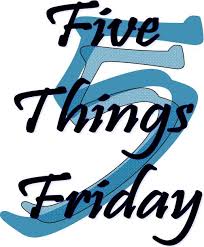
Have you heard of Len Waters?
I bet you haven’t a clue who he was, I know until I watched an episode of
http://h100.tv/Tony-Robinsons-Tour-of-Duty
So I decided to write a post and tell others about him he was born Leonard Victor Waters on the 20th June 1924 at the Euraba Mission in northern New South Wales.
He was the first Australian Aboriginal military aviator, and the only one to serve as a fighter pilot in the Royal Australian Air Force (RAAF) during World War II. Aborigines at the time suffered significant discrimination and disadvantages in Australian society, such as restrictions on movement, residence, employment, and access to services and citizenship. Waters was working as a shearer when he joined the RAAF in 1942.
Training initially as a mechanic, he volunteered for flying duties and graduated as a sergeant pilot in 1944. He flew P-40 Kittyhawks in the South West Pacific, where he completed 95 missions. By the end of the war he had risen to the rank of warrant officer.
Although the military had officially barred or restricted the recruitment of Aborigines in earlier periods, these impediments were significantly relaxed after Japan entered the war and Australia came under direct attack. He volunteered for service in the RAAF on 24 August 1942 and was accepted. He began training as an aircraft mechanic, but later volunteered for flying service, and commenced initial training in Victoria, in December 1943.
The interviewer thought he looked “a bit rough” but “should make a fighter”, he believed his lack of education would be a disadvantage, and studied nights to make up for it. Keen to be a pilot, he was concerned that he would be allocated to duty as a wireless operator because he showed an aptitude for Morse code early on.
The first aircraft to which he was assigned had already been named Black Magic even before he took over its controls.
He grew up at Nindigully, near St George in Queensland, and was educated to the seventh grade at Nindigilly State School. Hearing tales of pioneering aviators Charles Kingsford Smith, Amy Johnson and Charles Lindbergh, and reading stories of Biggles, Flash Gordon and Buck Rogers, he had, as he put it, his “head in the clouds” from an early age.
After leaving school when he was 14 to support his family, working alongside his father as a ring barker and being pain 10 shillings a week for seven days work, this was about 1/6th of the average way at the time. He later worked as a shearer.
Following his discharge from the RAAF in 1946, he attempted to start a regional airline but was unable to secure financial backing and government approval, he went back to shearing and died in 1993 at the age of 69.

In 1995–96, Waters was commemorated in several ways: Australia Post depicted his portrait on a stamp and that of his P-40 Kittyhawk fighter “Black Magic” on an aérogramme, Black Magic Port was named after his personal Kittyhawk; Len Waters Place, a park in Inala, was opened; Moree Plans Shire Council dedicated Leonard Waters Park in Boggabilla, New South Wales; and Len Waters Street in Ngunnawal, Australian Capital Territory, was named after him.










